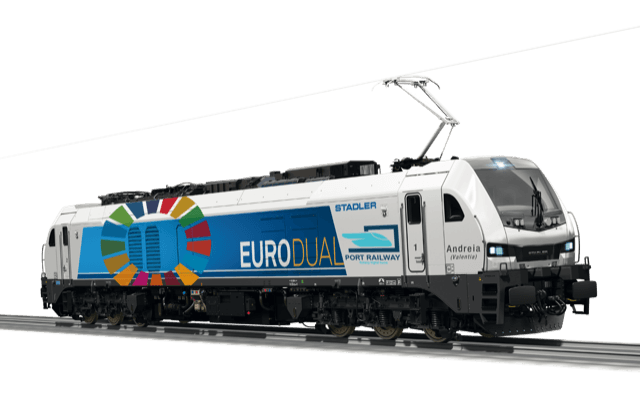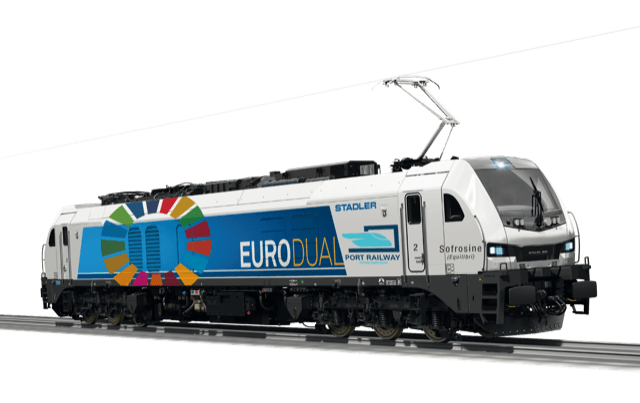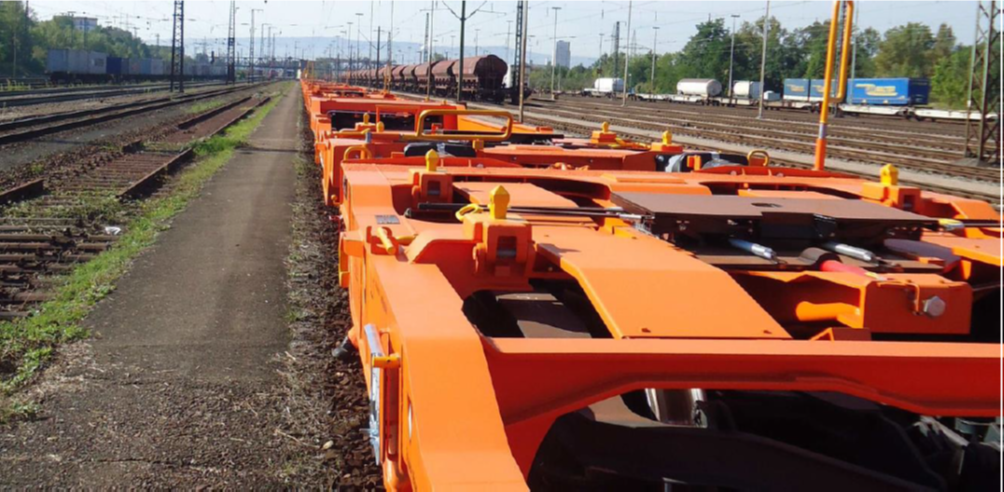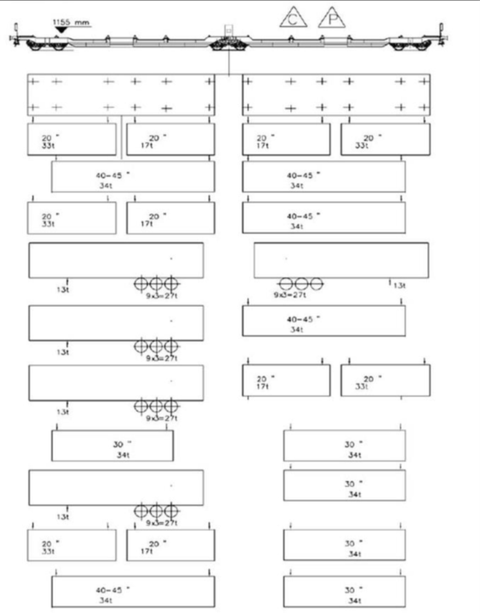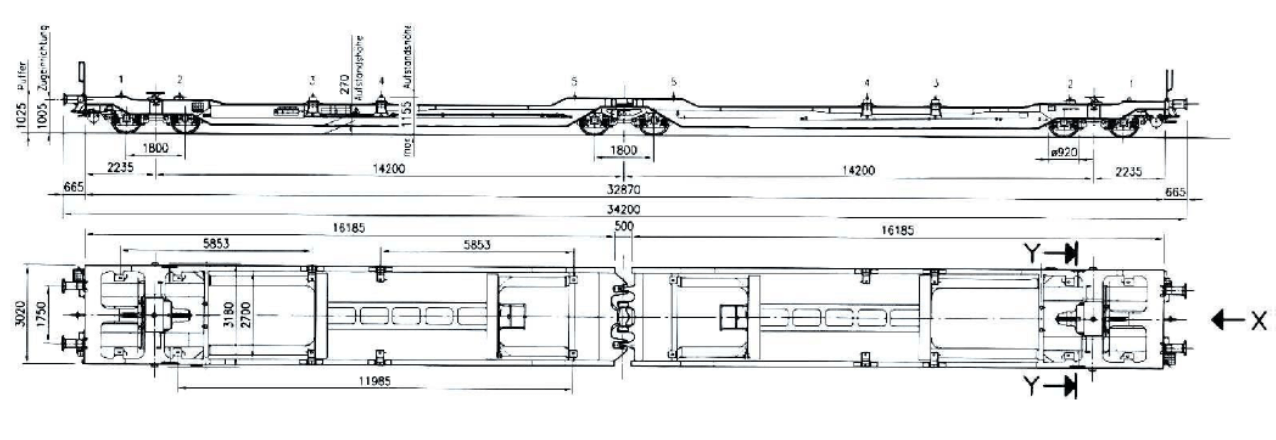EURODUAL
BI-MODE LOCOMOTIVE
A vehicle at the avant-garde of technology that covers every need in an efficient and reliable way, offering rail operators numerous economic and ecological benefits.
Technical features
Vehicle data
Locomotive type . . . . .
Track gauge . . . . . . .
Axle arrangement . . . .
Supply voltage . . . . .
Electric power . . . . .
Diesel power . . . . .
Starting tractive effort. .
Fuel tank . . . . . .
Transmission . . . . . .
Maximum speed . . . . . .
Brake system . . . . . .
Suspension . . . . . . .
Bi-mode:
Electric/Diesel-electric
1,435 mm / 1,668 mm
Co’Co’
1.5 kV DC / 3 kV DC /
15 kV AC / 25 kV AC
Up to 7,000 kW
Up to 2,800 kW
Up to 500 kN
Up to 4,000 l
AC/AC
Up to 160 km/h
Mechanic: Pneumatic
Dynamic: Regenerative/rheostatic
2 distributors, one per bogie
Primary: Coil springs
Secondary: Rubber metal
Vertical and horizontal dampers
According to Hippia of Élide, the purpose of the teaching was to achieve Areté, which means training to think, to speak and to act successfully. The political ("civic") excellence of the Greeks consisted in the cultivation of three specific virtues: andreia (courage), sofrosine (moderation or balance) and dicaiosine (justice): these virtues formed a relevant, useful and perfect citizen. To these virtues Plato then added a fourth, Prudence, giving rise to the so-called Cardinal Virtues: prudence, strength and temperance would correspond to the three parts of the soul, and harmony between them would engender the fourth, justice.
In a way, the Greek earring would be equivalent to the Roman virtus, dignity, honour or manhood of good.Towards the classical period - above all the 5th and 4th centuries BC - the meaning of Areté approached what is today considered "virtue", fundamentally through the work of Aristotle, in general, including features such as μεγαλοψυχια (megalopsyjía, 'magnanimity'), σοφροσυνη (sofrosine, 'temperance') or δικαιοσυνη (dicaiosine, 'justice').
The acquisition of the earring was the pivotal point in the education (παιδεία, paideía) of the young Greek to become a citizen, following the ideal set out by Isocrates.
Traces of the more restricted conception of the archaic era can be seen in the emphasis placed on discipline and mastery of the body through gymnastics, one of the main activities, and fighting, but a finished education also included the arts of oratory, music and - eventually - philosophy.
Double pocket car T3000e
GENERAL
Tare weigh 34.3 tons
Wheelset load 22.5 tons
UNDERCARRIAGE
Length between buffers 34.20 m
Buffer UIC 526-3, Group L
Bogie Y25Ls(s)i / Y25Ls(s)i1(f)
Wheelsets BA 004 Brake 2 x DK-GP-A-(K)
Wagon is suitable for transportation of:
1. / all saddle semi-trailers according to UIC 596-5, Annex 3 (max. 40 t/semi-trailer),
2. / ISO containers with height 8' and 8'6" classified in UIC 592-2,
3. / swap bodies C 715, C 745 and C 782 (max. 34 t + 16 t/wagon segment),
4. / swap bodies of class A (max. 36 t/swap body).
Container loading combinations of the wagon are in the drawing No. N-211-00-00-30-0
Wagon underframe can absorb impacts against other wagon with total weight 80t without exceeding the maximal allowed tensions as follows:
A/ empty wagon up to 12 km/h according to UIC regulation
B/ maximally loaded wagon up to 7 km/h

